Waymo revealed more clues about its future business model after it said yesterday it plans to kill its Firefly pod-like car project and focus more closely on offering driverless systems for commercially available car and truck models.
A blog post published yesterday by Waymo's YooJung Ahn, lead industrial designer, and Jaime Waydo, lead systems engineer, signals, at least in the near term, the drivelers car division of Google parent Alphabet is shedding its utopian vision of offering pod-like fleets of cars as an urban transportation alternative.
Instead, Waymo's "next phase" involves offering driverless technology that OEMs can fit into their existing models, which Ahn and Waydo said yesterday now include a family car-sized Chrysler mininvan.
"Now that we've moved to our next phase — letting members of the public use our self-driving cars in their daily lives — we're ready to retire our fleet of Fireflies and focus on integrating our latest technology into vehicles like our new self-driving Chrysler Pacifica minivan."
Developing systems for existing cars and trucks also makes sense since Level 3 and Level 4 self-drive models, pending legislation, are expected to become commercially available long before pod-like fleet cars without steering wheels and brakes and gas panels will.
"Legislation won't permit steering-less autonomous vehicles till say early next decade or even beyond," Anirudh Venkitaraman, an analyst for Frost & Sullivan, told Driverless. "Hence, it would not seem sensible to keep investing more on a business model which cannot be profitable in the immediate future."
A business model based on offering high-margin software and designs for cars and trucks that OEMs will design and build would, in many ways, take cues from the PC revolution. Throughout the past few decades Microsoft and chipmakers Intel and AMD have held a near monopoly in the PC market for the respective operating systems and CPUs they make. Like PC OEMs in the traditionally less-lucrative business of building the boxes for the software and CPUs that go inside, carmakers might likely license much of the neural network, mapping, and other advanced artificial intelligence-managed software and designs from a software maker like Waymo and shoulder production costs.
At the very least, Waymo's move also signals how it plans to offer driverless technology to OEMs while avoiding the capital expenditures associated with volume production of cars and trucks.
"They plan to sell the technology only and not build cars, hence incorporating their tested tech on existing and new manufactured vehicles gives them more opportunities to be a retro-fit player in testing and validation," Venkitaraman said. "This would also help them keep the price points low which would increase the penetration rate of their system."
Waymo's decision to design systems for family car-sized vans announced yesterday and previously revealed plans to designs systems for commercial trucks also reflect how Google is likely attempting to court OEMs by showing how its driverless software can be integrated into larger-sized vehicles.
The Information reported yesterday that Ford terminated it alliance with Waymo 18 months ago because it did not want to exclusively assume the manufacturing costs of low-margin small cars and truck production with then Google driverless software.
However, Waymo will likely continue to develop systems for small cars, possibly for fleet sales for potential customers such as Lyft.
"It could be possible that some EV companies might start playing ball with Waymo, but that we have to wait and see," Venkitaraman said.
In the meantime, expect to see fewer high-profile demonstrations of made-by-Waymo pod cars and more announcements about amazing ways machine-taught computers using Waymo software will pilot cars and trucks as they become available in the not-so-distant future.
Just updated your iPhone? You'll find new emoji, enhanced security, podcast transcripts, Apple Cash virtual numbers, and other useful features. There are even new additions hidden within Safari. Find out what's new and changed on your iPhone with the iOS 17.4 update.
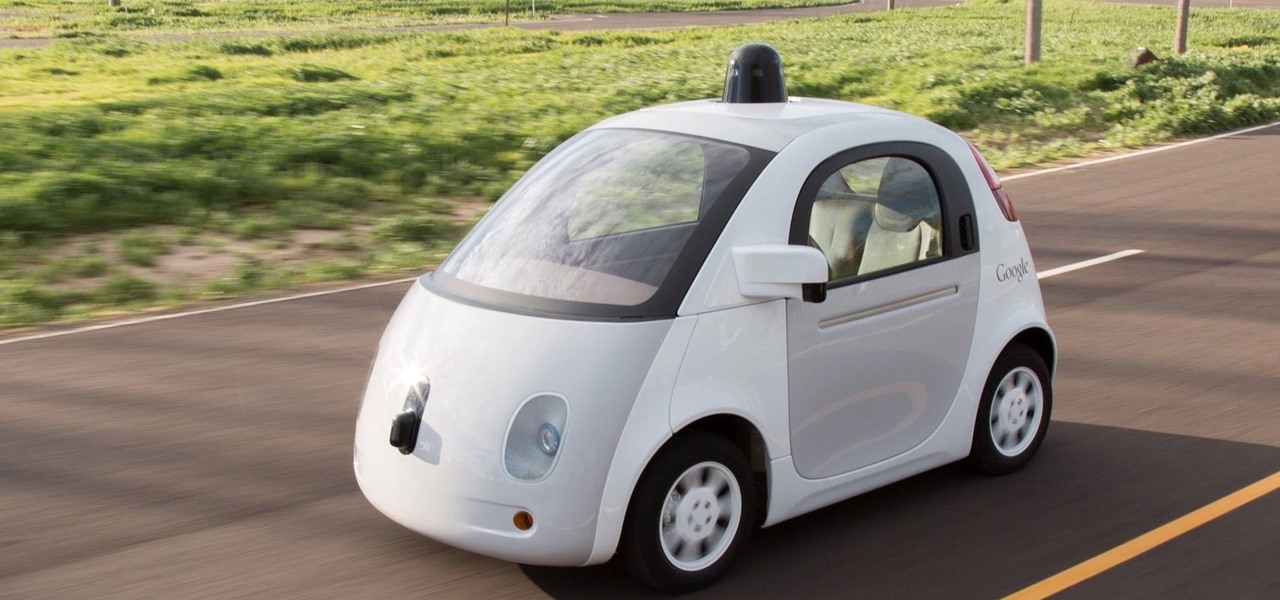


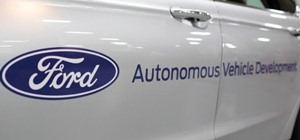





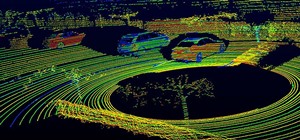

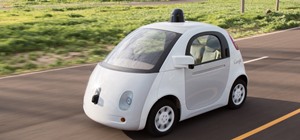

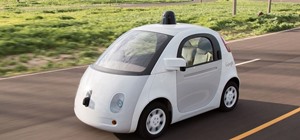
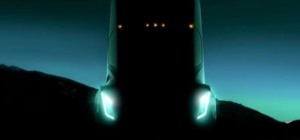

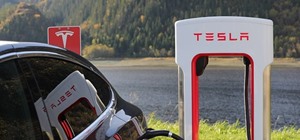
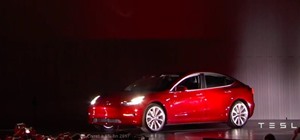


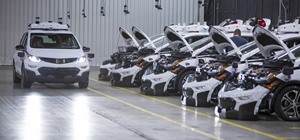

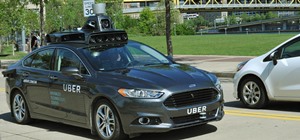
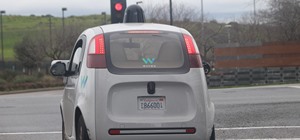

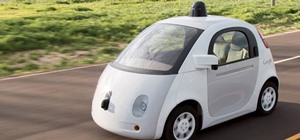
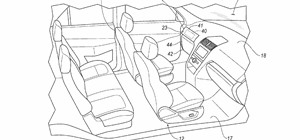


Be the First to Comment
Share Your Thoughts